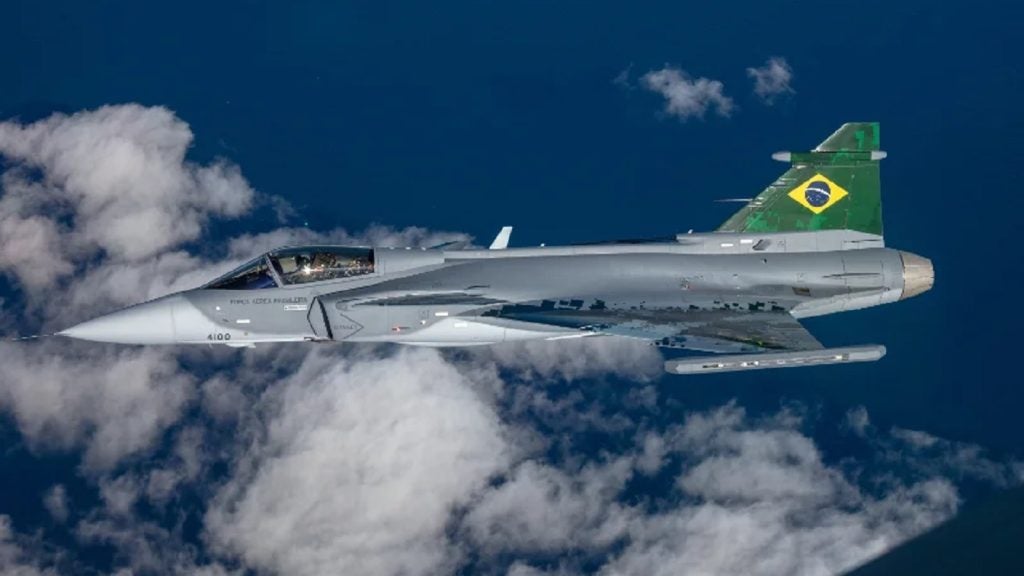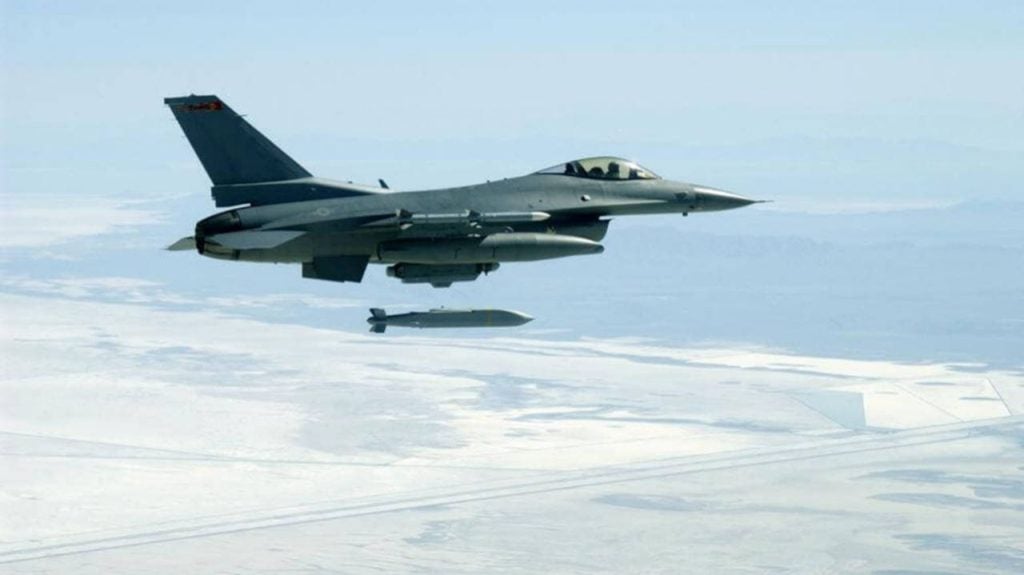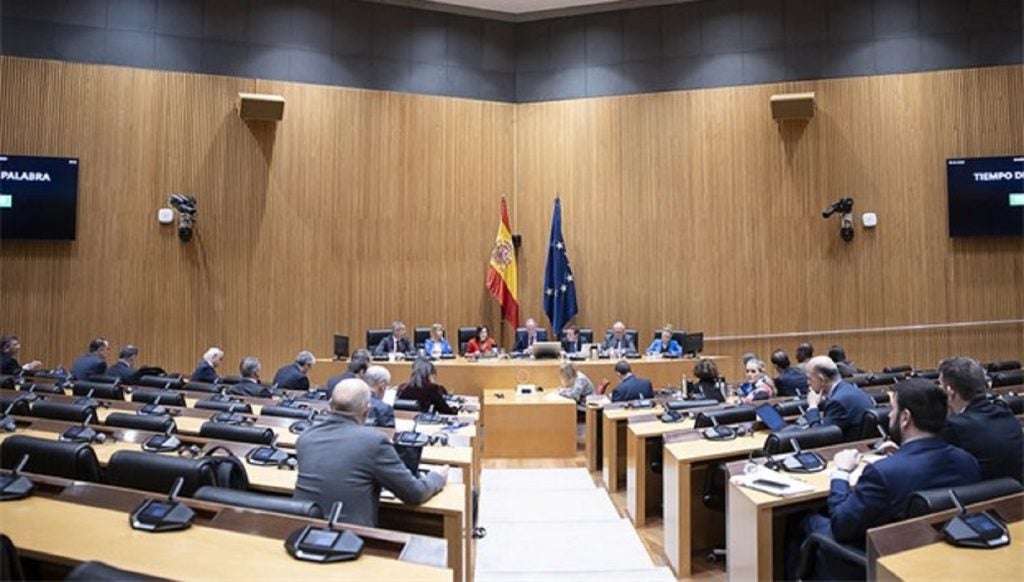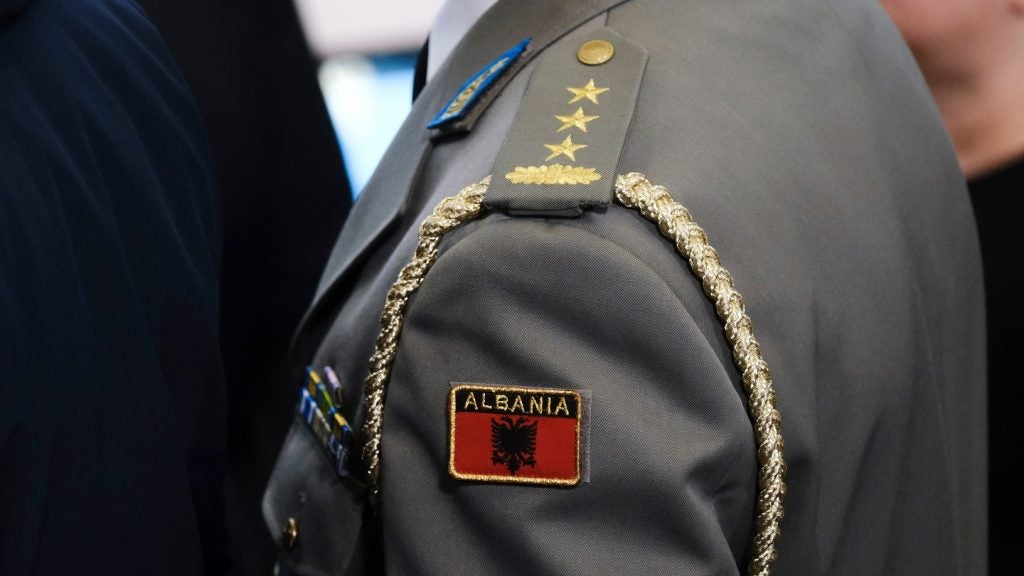Saab has received an order from the Swedish Defence Materiel Administration (FMV) regarding conceptual studies for future fighters for both crewed and uncrewed systems, with the contract running through to 2025.
According to a 22 March release Saab will “collaborate closely” with the FMV, the Swedish Armed Forces, the Swedish Defence Research Agency, GKN Aerospace, and other industry partners.
“Saab is in a strong position, and having recently developed Gripen E and GlobalEye we have the advanced technology and engineering know-how to take the future fighter concept forward. This means we will continue delivering innovative solutions to meet the future operational needs of the Swedish Armed Forces and other customers,” says Lars Tossman, head of Saab’s business area Aeronautics.
Saab will further develop collaborations with stakeholders working with emerging and disruptive technologies, which will play an important part in future combat aircraft systems. Saab will also explore innovation platforms including the Swedish Government's Defense Innovation Initiative and Nato's Defense Innovation Accelerator for the North Atlantic (DIANA).
The concept studies included in this contract will take place in parallel with Saab upgrading Gripen C/D and introducing Gripen E in Sweden and Brazil. In February 2024 Saab was contracted to deliver four additional Gripen C/D fighter for the Hungarian Air Force, building on a previous agreement for the provision of 14 platforms.
With this new contract amendment, Hungary will operate a total of 18 Gripen C/D aircraft to protect and defend the Hungarian and Nato airspace.
In 2023 Sweden left its position as an ‘observer’ to the joint UK-Italian-Japanese GCAP programme, which will deliver a potential sixth-generation fighter capability.
It is not known whether Sweden will seek to join the other European next-generation air combat programme, being led by Germany, France, and Spain, or else seek to develop its own capabilities.
For its part, Saab has designed and manufactured Sweden's air combat platforms for decades, and will likely seek to develop a design post-Gripen E to maintain its position as a mature member of Europe's aerospace sector.












